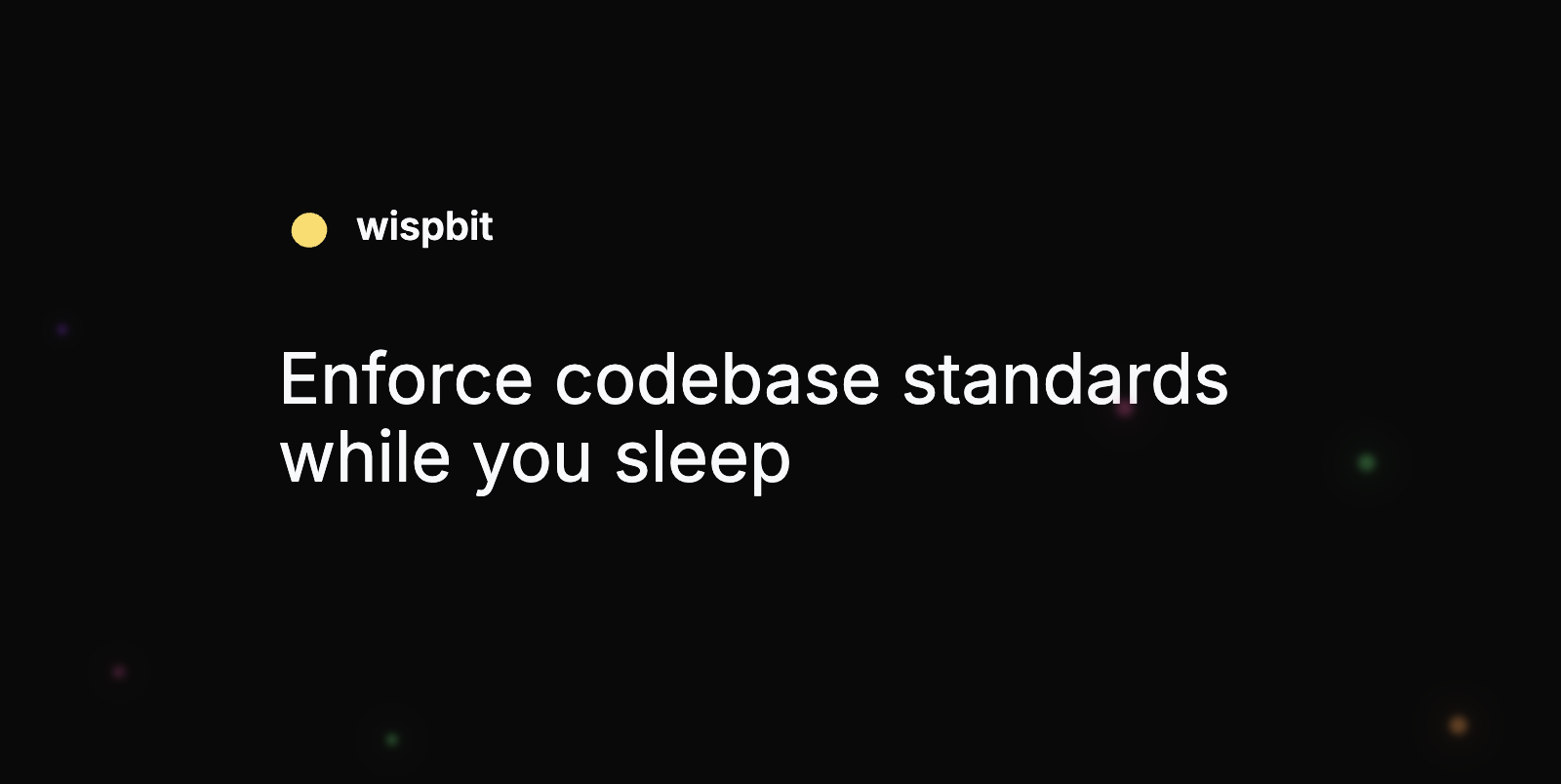DevOps Articles
Curated articles, resources, tips and trends from the DevOps World.
GPU Orchestration in Kubernetes: Device Plugin or GPU Operator?
Summary: This is a summary of an article originally published by The New Stack. Read the full original article here →
In the evolving landscape of Kubernetes, managing GPUs effectively has become a pressing challenge for DevOps teams. The article explores two main approaches to GPU orchestration: the device plugin and the GPU operator. While device plugins provide a straightforward way to expose GPUs to Kubernetes, they may lack advanced capabilities for managing GPU workloads efficiently.
On the other hand, GPU operators bring a more comprehensive solution, enabling not just the provisioning of GPUs, but also the management of their lifecycle and monitoring. This makes them particularly advantageous for complex deployments that require high availability and performance. The article emphasizes the importance of choosing the right approach based on the specific needs of the application and operational requirements.
Furthermore, the article discusses various best practices for integrating GPU resources into Kubernetes environments. Strategies include configuring GPU scheduling policies, optimizing resource allocations, and leveraging monitoring tools to gain insights into performance. These practices help ensure that deployment is not only smooth but also scalable as demands increase.
In conclusion, whether opting for device plugins or GPU operators, understanding the capabilities and limitations of each is crucial. As the demand for GPU-accelerated applications grows, embracing the right orchestration method will empower teams to maximize their resources and streamline their workflows.
Product
Useful Links
Made with pure grit © 2025 Jetpack Labs Inc. All rights reserved. www.jetpacklabs.com





